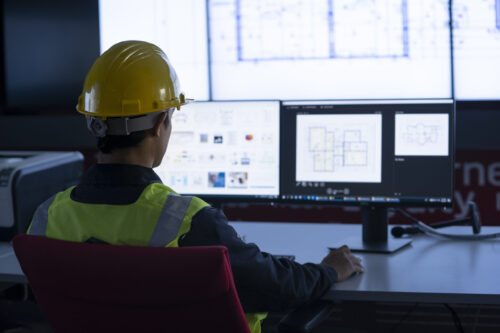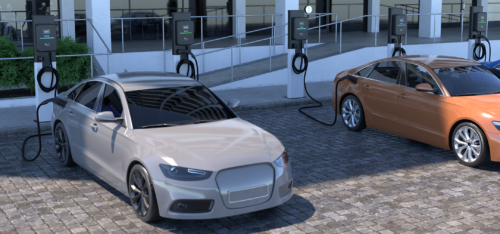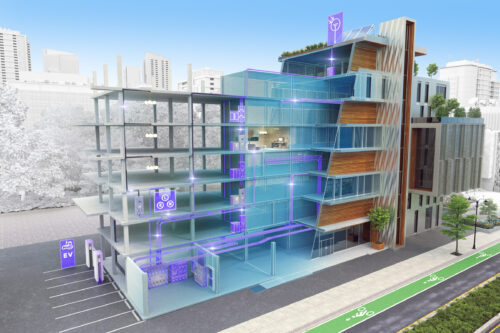Power: Dispersed and Distributed
Renewable energy sources seem to have gained some, well, energy from this summer's power problems, if this year's PowerGen educational sessions were any indication. Programs at the recent conference in Las Vegas kicked off with a discussion of the role of renewables in the U.S. generation mix. There were other notable topics, to be sure, with gas-turbine technology topping the list.
Renewable energy sources seem to have gained some, well, energy from this summer’s power problems, if this year’s PowerGen educational sessions were any indication. Programs at the recent conference in Las Vegas kicked off with a discussion of the role of renewables in the U.S. generation mix. There were other notable topics, to be sure, with gas-turbine technology topping the list. But there was definitely a renewed interest in renewables—wind, solar, biomass and the like.
And interest in DG could be called hot, with sessions on on-site power well-attended. “The central generation model is losing viability,” said Kelly Speakes of Wartsila in one session. “Transmission upgrades just can’t keep pace.”
Speakes went on to say that DG, employing both new and proven technologies, will be the means of creating “targeted” generation of low-cost energy.
Speakes also introduced the term “dispersed generation,” a strategy falling somewhere between centralized and distributed approaches. Dispersed generation, in a nutshell, describes decentralized plants in the 10- to 150-MW range that are sited downstream from central plants to reduce transmission bottlenecks in the grid. “These would be mainly single-cycle, but they might be combined heat and power,” she said.
(Visit csemag.com , and go to the Dec. 10 CSE NewsWatch archive for more news from the PowerGen show.)
Do you have experience and expertise with the topics mentioned in this content? You should consider contributing to our CFE Media editorial team and getting the recognition you and your company deserve. Click here to start this process.





